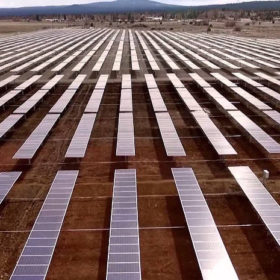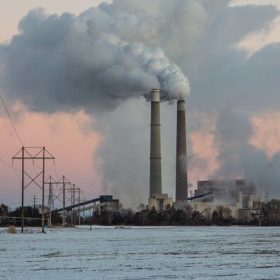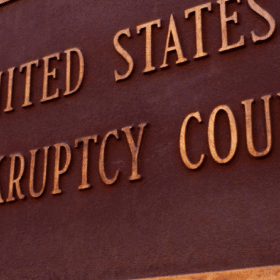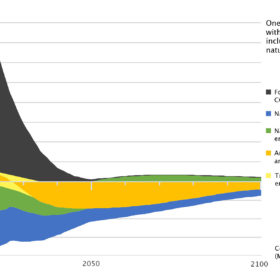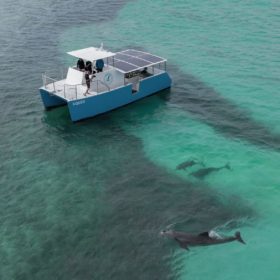NextEra: solar and wind plus batteries will be “massively disruptive” to conventional generation
The power giant says that coal, gas and nukes will not be able to compete with clean energy, and that renewable energy deployment is “just getting started”.
From the editor: EIA versus the future
EIA’s long-term projections remain stubbornly immune to reality. And the biggest problem is the potential collapse of civilization if we extract and burn anywhere near as much coal, gas and oil as the agency forecasts.
pvMB 1/24/19: New Mexico has a community solar bill, Berkshire Hathaway enters the lithium game and more…
Hello, happy Thursday and welcome to the pv magazine USA morning brief. Today we’ll be taking a look at Fitch Ratings downgrading the Solar Star project, the question of if the public is willing to pay to help fix climate change, and a really cool video about Colorado’s largest battery.
Cypress Creek to sell 580 MW of projects to British infrastructure company
The five solar projects that are being sold are located in North Carolina, South Carolina and Texas. All five are expected online by the end of 2020.
NextEra moves to protect its contracts in PG&E bankruptcy
The developer has filed at FERC to proactively stop any changes to its contracts, but the bankruptcy court will have the final say. The move comes as PG&E reports receiving $5.5 billion to keep it afloat during its bankruptcy.
NREL: Online shopping brings cheaper solar & batteries
The DOE’s national lab estimates that by using “quote platforms” rather than dealing directly with installers, homeowners can save $1,000-$2,000 on a typical 5 kW rooftop PV system.
To stay below 1.5ºC, we must massively scale solar, wind and batteries (and hydrogen?)
A new study by the University of Technology Sydney maps routes for massive decarbonization and 100% renewable energy to reach Paris Agreement goals. In North America, as the rest of the world, we must move quickly.
Cuomo’s Green New Deal starts with 1 GW of large-scale solar
New York has also awarded 614 MW of wind, and three of the 20 renewable energy projects awarded are paired with energy storage. NextEra, Invenergy and EDF are each set to build solar projects larger than 100 MW.
Demand aggregation comes to corporate solar
A new deal where five big-name companies have jointly signed up for the output of 42.5 MW from a North Carolina solar project may point to the future of corporate solar PPAs.
pvMB 1/17/19: SEIA splashes with new promotions, Vermont’s largest solar parking lot and more
In today’s issue of the pvMB we take a look at NREL & CESA’s report on designing community solar for low & moderate income customers, Stem Inc’s BloomberNEF interview on solar+storage+AI, the first lithium-ion solar boat to be Coast Guard-certified and more action-packed solar news.

